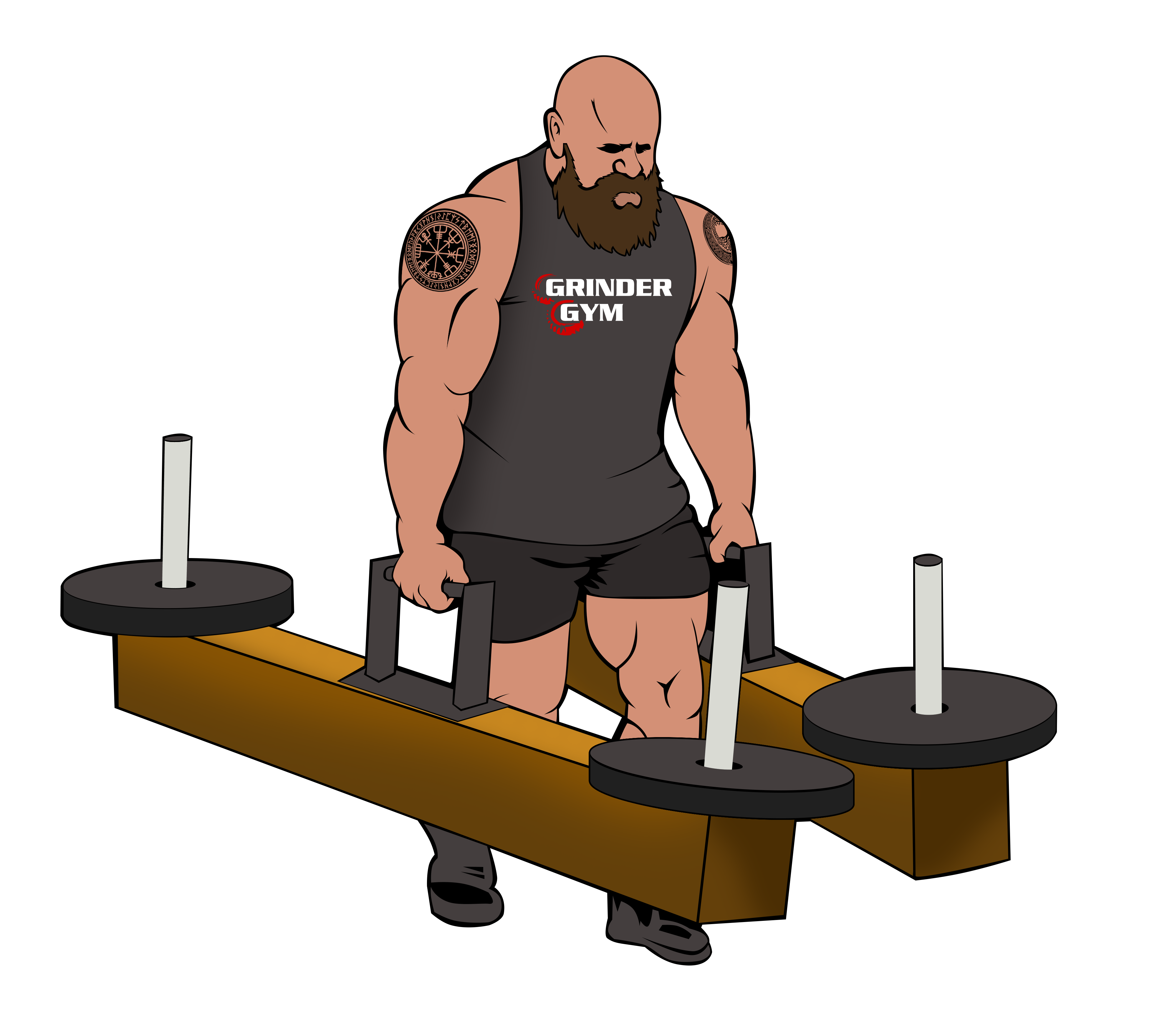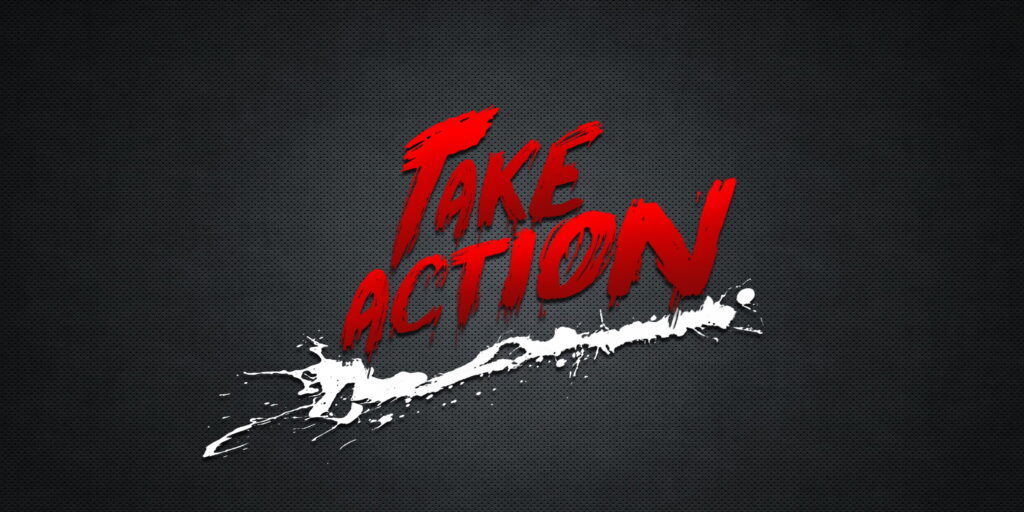Increasing density in strength training refers to the number of repetitions performed within a given time frame, with the goal of increasing muscle size and strength. Density training has a number of benefits, including improved muscle endurance, increased muscle mass, and enhanced athletic performance.
Improves Muscle Endurance
One of the primary benefits of density training is improved muscle endurance. By performing a high volume of repetitions within a set time frame, density training helps to build muscle endurance and the ability to sustain repeated muscle contractions. This can be especially beneficial for athletes who rely on muscle endurance, such as runners and swimmers, as well as for everyday activities that require sustained muscle contractions, such as carrying groceries or lifting a child.
Increased Muscle Mass (Hypertrophy)
In addition to improved muscle endurance, density training can also lead to increased muscle mass. By subjecting the muscles to a high volume of repetitions, density training can stimulate muscle growth through the process of muscle hypertrophy. This can lead to increased muscle size and strength, which can be beneficial for a variety of activities, including sports performance, lifting heavy objects, and improving overall physical appearance.
Enhances Athletic Performance
In addition to its benefits for muscle endurance and muscle mass, density training can also enhance athletic performance. By increasing muscle size and strength, density training can help to improve power and speed, as well as the ability to sustain physical activity for longer periods of time. This can be particularly beneficial for sports that require explosive movements, such as sprinting and jumping, as well as for endurance sports, such as running and cycling.
Easily Incorporated into Training Programs
Another benefit of density training is that it can be easily incorporated into a variety of training programs and can be adapted to suit individual goals and preferences. Density training can be performed using bodyweight exercises, free weights, or machines, and can be tailored to focus on specific muscle groups or to improve overall muscle endurance and strength.
It is important to note that density training can be physically demanding, and it is important to properly warm up and cool down before and after each training session. In addition, it is important to allow the muscles sufficient time to rest and recover between density training sessions, and to consume enough protein and other nutrients to support muscle growth and repair. With increased physical demand comes the need to prioritize recovery.
In summary, density training has a number of benefits, including improved muscle endurance, increased muscle mass, and enhanced athletic performance. It can be easily adapted to suit individual goals and preferences and can be incorporated into a variety of training programs. However, it is important to properly warm up and cool down, allow for sufficient recovery, and consume adequate nutrition in order to maximize the benefits of density training.




